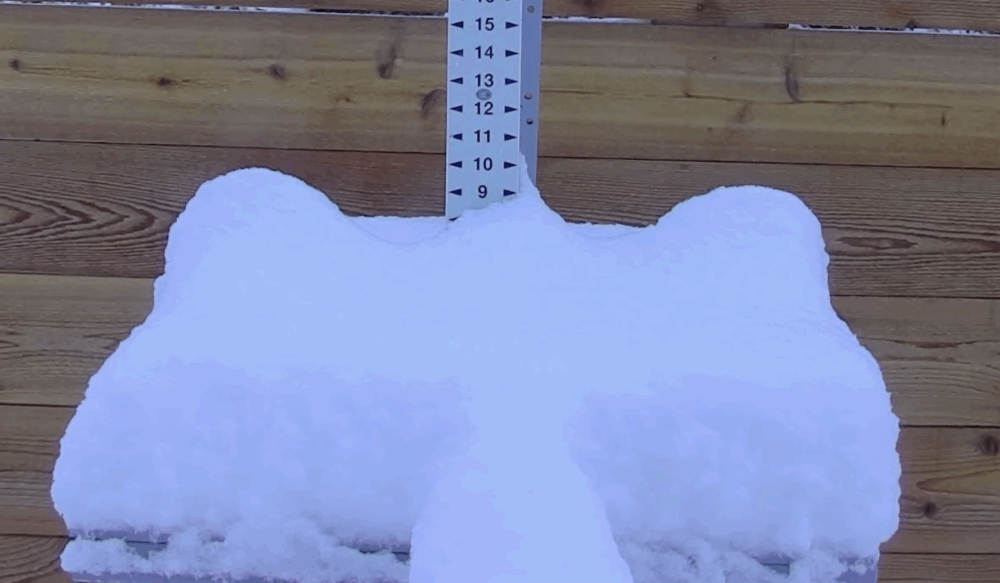UPDATE: The National Weather Service has just issued winter storm warnings across several states, including Cleveland, as severe weather conditions are imminent. Residents are urged to prepare immediately, as heavy snow and ice are expected to create hazardous travel conditions.
WHAT TO KNOW: As of now, a winter storm warning means dangerous winter weather is either occurring or will begin within hours. Authorities predict snowfall exceeding 6 inches in northern states and 2-4 inches in southern areas. Ice accumulation is also a serious concern, posing threats to life and property if adequate preparations are not made.
WHY THIS MATTERS: Last-minute decisions can lead to chaos. Many individuals underestimate the severity of these alerts. Just last winter, a similar warning led to traffic gridlocks and power outages, leaving countless commuters stranded. Don’t let this happen to you—understanding these alerts could mean the difference between inconvenience and disaster.
WINTER WEATHER TERMS EXPLAINED:
– A winter storm watch serves as a preliminary alert, indicating that conditions are favorable for a major winter storm. The National Weather Service issues this alert when hazardous winter conditions could develop within the next 24 to 48 hours, including potential snowfall over 6 inches or dangerous ice accumulation. This is your “heads up” to prepare, but no immediate action is necessary just yet.
– A winter storm warning is a red alert. It signifies that dangerous conditions are either happening now or will begin shortly. Snowfall rates could exceed 6 inches in a 12-hour period, along with significant ice accumulation. This warning requires action—stay off the roads and prepare your home for potential power outages.
– The winter weather advisory is less severe but still crucial. It indicates that winter weather will create travel difficulties, though it won’t meet warning criteria. This means smaller amounts of snow or ice may lead to slick roads and poor visibility.
ACTION STEPS:
1. Check your supplies: Make sure you have enough food, water, and emergency items.
2. Stay informed: Regularly check updates from your local meteorologist for the latest alerts and conditions.
3. Share information: Inform family and friends about the current weather situation to keep everyone safe.
WHAT’S NEXT: Expect further updates as the storm develops. Keep an eye out for changes in warnings and advisories from the National Weather Service. The time to act is NOW—don’t wait for the storm to hit.
Stay safe, stay informed, and remember: your local meteorologist is your best source for accurate, timely information. Prepare ahead, and ensure the safety of your family and pets during these dangerous winter conditions.







